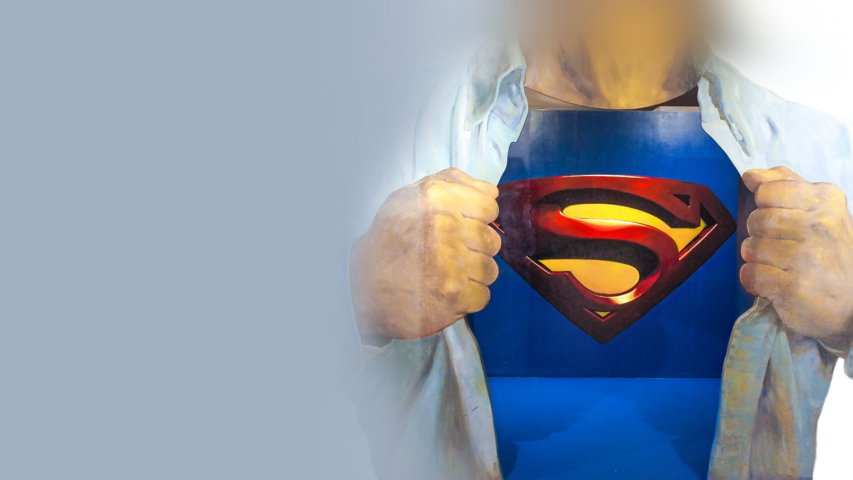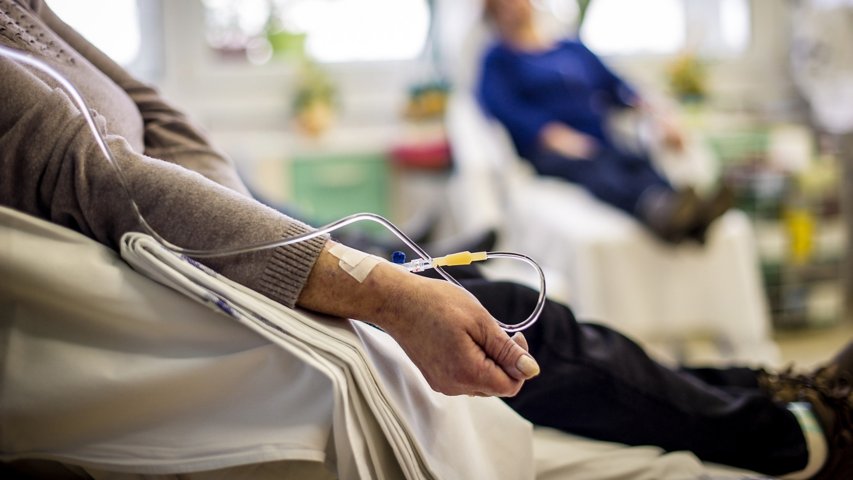Challenge
MTS needed to test a many variables upfront in order to minimize risk, optimize engineering time and gain customer buy-in.
Solutions
The Arena Model allowed for the team to analyze a multitude of variables and application scenarios to ensure they were moving forward with the best solution.
ResultsThe model allowed them to understand areas of improvement that in turn allowed them to cut down on design time by half.
Background
A common trait among many successful businesses is an unwavering determination and commitment to do whatever it takes to meet the customer’s needs. The power of this strategy is two-fold. Not only does it produce a continuous stream of satisfied clients, it strengthens and expands the company’s capabilities while improving operational and production efficiencies. This business model has proven particularly effective for MTS Medical Technologies.
Headquartered in St. Petersburg, Fla. MTS manufactures medication packaging systems, related consumables, software and pharmacy information system interfaces. The company serves more than 9,000 institutional pharmacies in the long-term care and correctional-facility markets, both in the U.S. and internationally. The company developed the first automated packaging machine to fill and seal medications into disposable punch cards and now has a product line that includes a wide range of automated and semi-automated packaging machines and a hundred types of consumable products.
Founded in 1984 by a practicing pharmacist, MTS has continued to innovate and expand its market share by leveraging its resources to meet its customers’ complex application demands. The company’s existing robot-automated packaging machines are designed to fill, seal and label punch cards at speeds of up to 12 cards per minute. Equipped with automated barcode verification and tracking, the machines allow pharmacies to fill prescriptions as soon as they receive the orders, helping to improve profitability by allowing just-in-time order fulfillment. Using automation helps ensure packaging accuracy and allows the customer to grow its business without adding additional staff.
Challenge
A large overseas pharmacy contacted MTS about developing a medication packaging system that would dispense multiple medications into multiple compartments on a single punch card. The punch card would supply a patient with an extended supply of medication (i.e. weekly or monthly) on a single card, with each individual compartment providing a daily dose of various medications.
For example, if a patient needed to take a medication at four different times during the day, the machine would produce a 4x7 punch card to furnish a one-week supply. Because of the need to package multiple medications into multiple punch card compartments, the size of the machine would be considerably larger than any of the company’s previous designs. Instead of employing a single robot, this machine could potentially require up to a dozen or more robots, all working together simultaneously. Instead of a single conveyor and feeder station, like many of its other machines, this one would employ multiple feeders to accommodate the multiple medication requirements.
With numerous complexities and no previous design concept to follow, MTS needed to test and validate a multitude of variables upfront in order to minimize risk, optimize engineering time and gain full buy-in from the customer.
Among the biggest challenges for MTS was figuring out the required number and configuration of the machine’s various feeder stations. This would help prevent over-engineering the machine or miscalculating the volume of supporting equipment it would require.
MTS also needed to provide its customer with an accurate cost estimate to build the machine, determine the required footprint, and verify the production rate and throughput. In addition, the customer wanted the design to include the flexibility to scale the machine as needed to meet future growth demands. Because of the high cost of both inefficiency and new equipment, optimizing the machine design and operation upfront was critical. Planning for downtime, low efficiency and other factors by purchasing excess capacity was not an option.
MTS simply had to decide on the single best approach from the start and realized that simulation technology offered the best solution. “With the level of complexity and multitude of variables involved with this type of system, a static design simply would not cut it,” said Richard Arnold, senior vice president of software development and IT, MTS Medical Technologies. “The only way we would be able to verify the performance of the machine and calculate the many variables that can occur in the process was through simulation.”
Solution
Like many packaging operations, a variety of supporting equipment and a wide range of operational variables can affect overall machine performance. Normal operating speed, reliability, mean time between failures and changeover time all must be factored into the planning process. To accurately calculate these variables, MTS needed a simulation tool that would provide a detailed analysis of machine behavior with the ability to predict performance based on key metrics, such as costs, throughput, cycle times and utilizations. To minimize risk and eliminate much of the guesswork, MTS contracted with a consultant to prepare a simulation of the machine using Rockwell Software@ Arena@ simulation software. Using the Arena software allowed MTS to create an initial design concept that could identify potential problems in the machine packaging process and calculate the impact of the many variables that could occur.
Because of the sheer size and complexity of the machine and its high-volume production requirements, it was critical that the machine’s multiple components were optimally coordinated and synchronized to work seamlessly together. If one feeder station or labeler creates a bottleneck, the production rate of the entire system is limited. This is where the Arena software played a crucial role by helping to demonstrate, predict and measure system performance - specifically the effectiveness and efficiencies of design changes. In this case, the Arena software allowed MTS to test a multitude of process variables and application scenarios in a controlled environment under a variety of conditions. By manipulating the data inputs, engineers could then analyze propose changes, and refine operational efficiencies before beginning actual construction.
"Simulating the machine’s operation with the Arena software helped bring a clear focus to the system components and their interdependencies,” Arnold said. “Even with the complexities of a system such as this, simulation can show it very accurately and provide a valid predication of overall performance."
Results
The software’s systems-level analysis provided MTS with a valid picture of overall performance. Engineers were able to create a fundamental flow diagram of the packaging process. From there, they could define and validate the processing rates and reliability of the equipment, conveyor and feeder capacities, sensor locations, maintenance schedules and operator-staffing requirements.
“If you know that a feeder system has a 0.1 percent failure rate, you can build that into the Arena simulation to ensure the most realistic view,” Arnold said. “That’s why it was important that we use a simulation tool good at handling errors and exceptions. Without it, there can be a disconnect between what was initially simulated and what ends up really happening in real time.”
Another important feature of the Arena software is its ability to provide a working model or visualization of the machine in operation. This allows designers to see the location of bottlenecks, the impact of a machine stoppage or the effect of a particular control strategy. Then, by altering one or more data values, the same observations can be made on a “different” system. With visualization, engineers are able to verify that the model is an accurate representation of the physical system. It also will allow the customer to actually see the machine perform in a virtual world, giving them the confidence that it will meet their production and output requirements.
“Once the model is fully optimized, we can then begin the manufacturing process,” Arnold said. “With more detailed simulation we have more empirical data from machine operation and can go back to the Arena software and make sure it will perform based on the model. We can then design and build the robots and feeders based on the simulation data provided.” By using the Arena simulation software, MTS was able to cut its design time in half, from about two years to about 12 months. Moreover, MTS estimates the simulation will help reduce machine startup and installation time by about 60 to 70 percent.
Once the new packaging machine is up and running, engineers can continue to use simulation to further refine and improve operational efficiency. The end user benefits from a packaging machine designed to meet its specific performance requirements, with the flexibility to scale the system to meet future growth demands. As a result, MTS gains another satisfied customer, strengthens and expands its production capabilities, and adds another chapter to its long track record of business success.
Publicado 1 de mayo de 2017
Ready to Order Your Software?
Recommended For You



